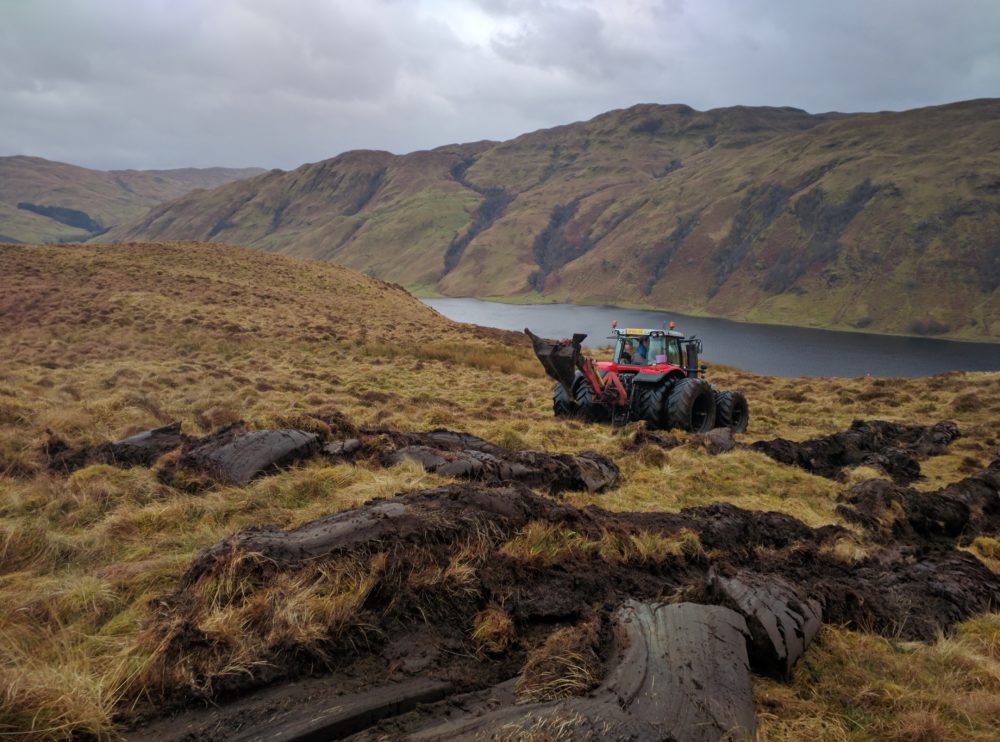Quality Throughout – Ground Prep
Sam Bristow, Assistant Forest Manager for our West Highland District talks about the methodology around ground preparation techniques:
Commenting on a recent social media post surrounding ploughing, I agree with Mike Page the Assistant Manager in Central Scotland. He was very correct in the sense that really shallow ploughing is the desirable way forward when creating new woodland as it is typically cheaper, faster and provides a greater weed suppression,. When done to appropriate standards ploughing does not increase environment damage.
However, ploughing for us is really limited to new woodland creation and nothing else as stumps provide too much of a challenge for the second rotation. We did attempt ploughing on restock but it proved to be inefficient and expensive. This then leaves the most practical methodology of mounding – another kettle of fish altogether!
For mounding, the primary methodology would be to carry out spoil ditch mounding. This involves digging a ditch typically following the brashmat, using the material removed for your mounds and then any ripped stumps and brash then compressed into the ditch.
This methodology works very well on sites where you have fresh brash, non-skeletal soils and no concerns over potential erosion, this would not suit a site where the soil is too thin – Mull is a prime example for myself, a challenging site where we were working within a public water catchment or where the brash was compacted right into the ground where it was challenging to dig through.
With the complexity of soils and site conditions we see, and the client’s objectives and UKFS, we need to review methodology site by site. This gives rise to us using different techniques but shallow ploughing is often the best option for new planting when assessed against environmental, economic and social factors.
John Weir, advisor for forestry Commission England recommends continuous mounding in preference to ploughing and draws our attention to Cultivation of soils for Forestry Booklet 119. The full document which will be updated in the near future can be found here.



